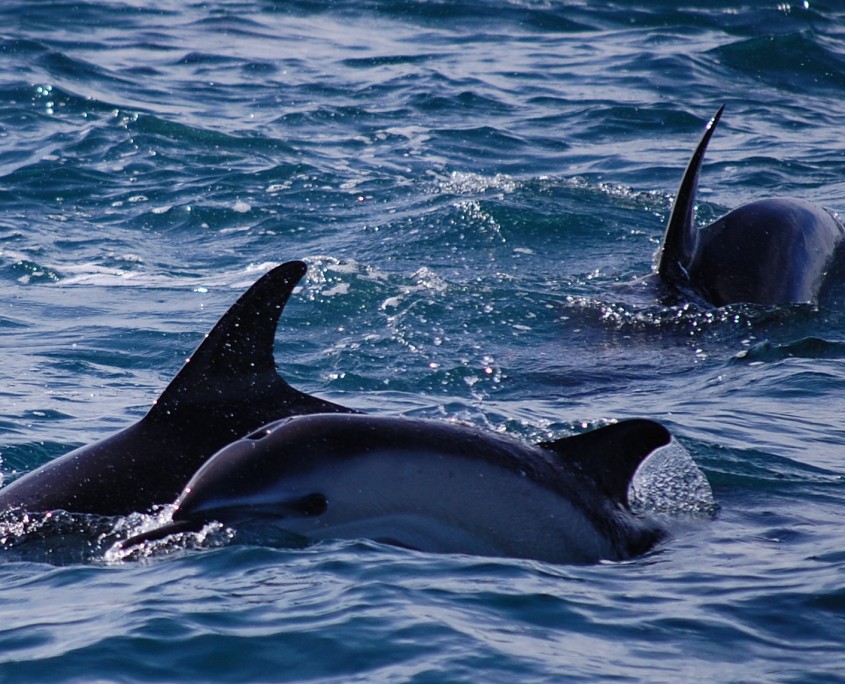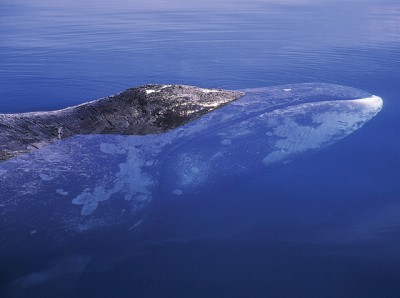
The Dalmation Pelican was first seen over Gwithian on Saturday, but was mis-identified as a White Pelican. It was correctly identified as Dalmatian Pelican from photographs taken on Sunday (8th) when the bird was seen on the sea off St Ives and later Cape Cornwall and Land’s End. For the last 2 days the bird has been moving between the scattered small pools between Sennen and St Levan. The bird was seen in Poland in early April, then crossed Germany and France before reaching Cornwall. Dalmatian Pelican used to breed in Britain in the Bronze Age and currently breeds from eastern Europe- particularly northern Greece, across the former Soviet Union, through Mongolia into China and south east Asia where it’s populations have declined drastically through persecution by fishermen and habitat loss. The World population is estimated at less than 15,000 birds and, despite conservation measures resulting in increasing or stable populations in eastern Europe and Turkey, the species’ IUCN classification is “Vulnerable”.
The “fuss” about this particular individual is that it may constitute the first acceptable record of this species since it’s extinction as a breeding bird in the U.K. There have been previous sightings, but these are presumed to refer to escapes from captivity ( though this species is relatively rare in collections and zoos compared to White or Pink-backed Pelicans). However, given this bird’s known movement from Poland thanks to easterly weather patterns, it’s lack of leg-rings or tags, and obviously good condition (captive birds are often stained and/or show damaged wing feathering) it would appear to be a good candidate for our first genuinely wild bird for centuries! The European breeders are not strongly migratory but “dispersive” and given to wandering, whereas the populations east of the Black Sea are migratory and move north to their colonies in early Spring. Dalmatian Pelican has a huge wingspan of over 10 feet and like most large birds relies on thermals or strong head-winds to gain enough height to travel long distances on migration. This can encourage birds to “over-shoot” or move in un-favourable directions to avoid bad weather. The local weather – moderate easterlies with low cloud, rain and fog- is probably the only reason this bird has spent the last few days in West Cornwall as it is unable to soar, and has been forced to use often ridiculously small pools, where local birders have been concerned about the bird’s ability to feed.







 Image From
Image From 







